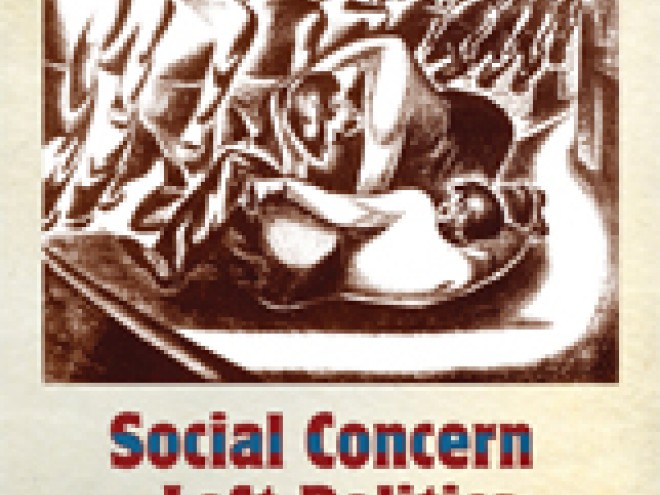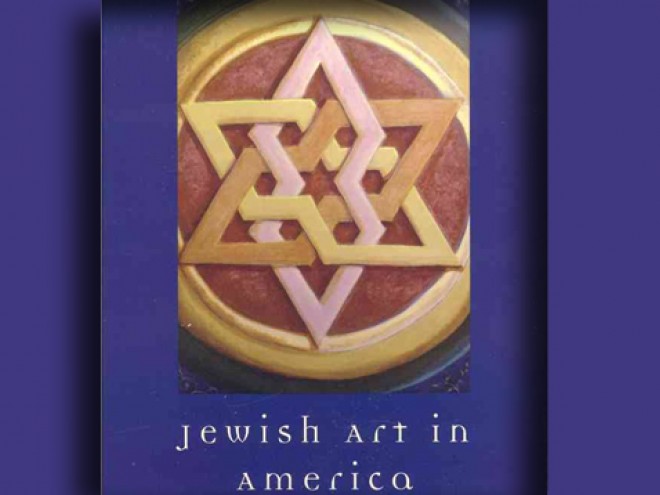This collection of previously published scholarly essays analyzes the art world of the late 19th and 20th century regarding its Jewish dimensions. The subtitle is alliterative but arch. The authors concern themselves with revealing the anti-Semitic aspects of the art, the artists, and the critics of the period. Since the book is part of the Tauber Institute for the Study of European Jewry Series, it is focused exclusively on the European landscape, and, not surprisingly, concerned with the stereotypical depiction of Jews by artists (some of whom were supported by Jewish patrons and dealers) and the prejudices of the so-called cultural elite. Some of the topics are interesting because they deal with familiar artists such as Toulouse Lautrec, George Grosz, and Otto Dix or topics such as Dadaism or the Jewish Museum in Prague. (The Dada Manifesto was written by Tristan Tzara, a pseudonym for Shmuel Rosenstock, who along with Man Ray, rejected his Jewish roots.) What is most disturbing is the tracking of the negative attitude toward modern art as being a by-product of the xenophobia developing in Europe and its resulting antiforeign (read, anti-Semitic) attacks. It is well-known that Edgar Degas joined the virulently anti-Semitic anti-Dreyfusards. The Jews were perceived as non-producers, living off the products of others, depicted as financial wizards and demons, and even blamed for Germany’s defeat in World War I. The discussion of the art of the Ecole de Paris, noted for the large number of Jewish, as well as other foreign- born artists working in Paris between the wars who were identified negatively by the French, is well-known in the history of that period. The essay by Romy Golan is a well-documented reiteration.
The collection is divided into three sections, presumably relating to the subtitle: Critical Responses to Modernism and Judaism; Coded Representations; and Affirmation. Included are essays on such disparate topics as Georges Sorel, Julius Meier-Graefe, or Michael Sgan-Cohen’s Hinneni and the Yiddish Group from Lodz in the immediate post-World War I years. The intersection of art and Jewish history in the essay on the Jewish Central Museum in Prague by Dirk Rupnow will be of interest to researchers of the Nazi’s diabolical plans for preserving Jewish culture, especially since it includes new information on the plan and its aftermath. Similarly, those interested in the impact of the Communist era on Jewish artists, whose embrace of their Jewish identity was ironic since they knew almost nothing about Judaism, will find a lucid analysis in the essay by Matthew Baigell on “Soviet Artists, Jewish Images.” Well-known artists, including Vitaly Komar, Mikhail Grobman, and Ilya Kabakov were permitted in limited fashion to explore folklore, the stories of Sholom Aleichem being a primary source of subject matter. Post-World War II architects are discussed in terms of their relationship to the Holocaust.
Each essay concludes with footnotes (more than 50 for most of them) attesting to the extensive research supporting the topics under discussion. In selecting these essays for inclusion in Jewish Dimensions in Modern Visual Culture the editors have provided a nuanced examination of factors in visual art of the modern era that have been influenced consciously or not by historic attitudes toward Jews.




